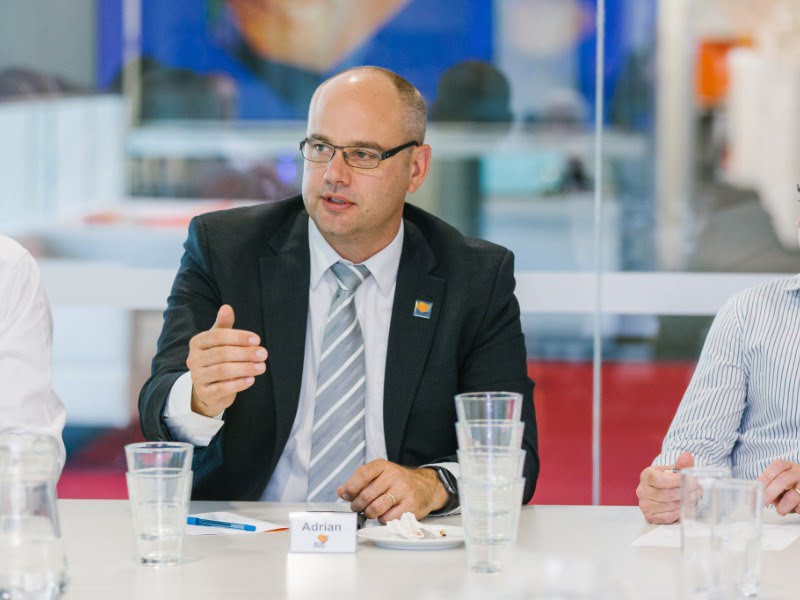Technology and commercialisation sits at the heart of the federal government’s $1.5 billion manufacturing strategy, according to the METS Ignited growth centre chief executive Adrian Beer, and that’s a good thing for the economic recovery.
Prime Minister Scott Morrison on Thursday unveiled the Modern Manufacturing Strategy, which includes $1.3 billion in co-investment grants for research collaboration and commercialisation, $107.2 million for supply chain resilience and another round of the Manufacturing Modernisation Fund.
The strategy exclusively targets six priority sectors identified by the government: resources technology and critical minerals processing, food and beverage, medical products, recycling and clean energy, defence and space.

Mr Beer, the chief executive of mining, equipment, technology and services industry growth centre METS Ignited, said the strategy was “really positive”, especially with its focus on technology.
“The announcement around boosting the economy through a manufacturing strategy recognised the technological capability that has been developed in our primary industries,” Mr Beer told InnovationAus.
“What’s different for me about this announcement is the recognition of the role that technology plays in the sectors where Australia has a national strength. A lot of focus is on leveraging that technical capability, turning that into products and services and commercialising it locally.
“That’s a hat tip to the research sector and the innovation capabilities we have in Australia and to shift the focus to commercialising that technology and making sure we have a manufacturing sector to allow tech companies to commercialise innovation here in Australia.”
This commercialisation issue is a crucial piece of the puzzle, Mr Beer said, and needs to be the focus of the manufacturing strategy looking forward.
“We’re very good at developing technologies and innovations to address the operational requirements of our primary industries but we often don’t see those innovations become products that the rest of the market can buy,” he said.
“The way this announcement has shifted the direction is that the outcome of the grant funding are products that can serve manufacturers in Australia and be sold to the industry. It’s actually about the ability to turn research outcomes into products and services in advanced manufacturing, as opposed to just investing in innovation and tech outcomes for production.”
The strategy was quickly criticised by the Opposition, with shadow industry minister Brendan O’Connor and shadow assistant minister for manufacturing Louise Pratt labelling it a “re-packaged re-announcement”.
“They’ve spent seven years attacking and undermining Australian manufacturing, goading Australian car manufacturers to leave our shores and now they want Australians to believe they support manufacturing – what a waste of years of economic growth and taxpayers’ money,” the shadow ministers said.
“Australia has always been a nation that makes things, but this ability is shrinking as the manufacturing sector has been contracting not growing under a government that goaded car manufacturers to leave our shores. The Morrison government must do more to support the Australian manufacturing sector.”
METS Ignited’s Mr Beer backed the six sectors that the government has selected as the target of the bulk of the funding.
“Picking those areas is leveraging inherent strengths within the supply chains of the industries that we’re successful in, and the emerging sectors are the industries that want access to the technologies that are being developed in traditional industries,” he said.
“All of the technologies they need to address their challenges are consistent across sectors – data and analytics, remote ops and autonomy and automation.
“We often default to thinking about commodities being produced or the end-market being the focus of these investments. but really this is an investment in the horizontal technology capability that sits in the Australian economy that serves these sectors, which are the national competitive advantage.”
Do you know more? Contact James Riley via Email.

